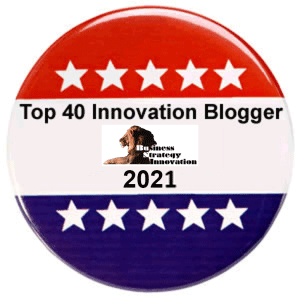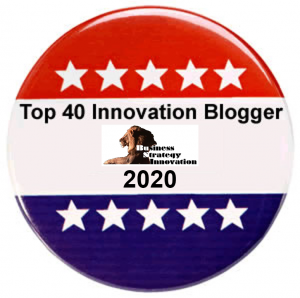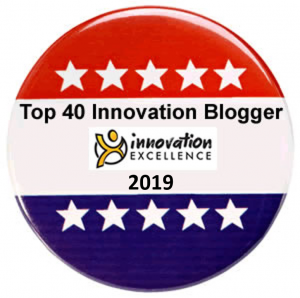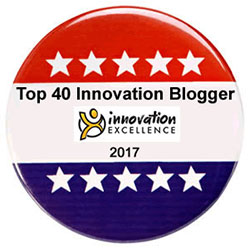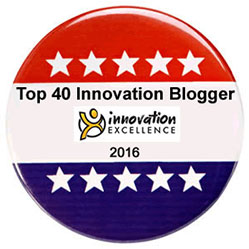Like many others, I invested time in isolation during the pandemic to engage in various online learning programs. As a highly credentialed coach to many global Agile and SCRUM leaders in major international and local organisations, I enrolled in an agile coach certification program and enthusiastically attended all daily sessions. It was a disastrous learning experience, verifying my perception of the Agile community’s focus on a prescriptive rules-driven process to agility. The Agile Manifesto’s highest priority is satisfying customers through the early and continuous delivery of valuable software; only two of the 12 principles mention people – “Business people and developers must work together daily throughout the project” and “the best architectures, requirements, and design emerge from self-organising teams.” So, with this in mind, what might be some of the benefits of integrating a technological and process-driven disciplined approach towards humanising agility?
I am a conceptual and analytical thinker, an entrepreneur, and an innovator who is acknowledged as a global thought leader on the people side of innovation. I also teach, mentor and coach people to be imaginative, inquisitive, and curious, always asking many open questions. To empower, enable and equip them to become change-agile, cognitively, and emotionally agile, and develop their innovation agility. The presenters responded to my method of inquiry by assuming that I knew nothing about Agile despite knowing nothing about my background.
As a result, they failed to certify me without communicating or consulting with me directly, despite my meeting all of the course evaluation criteria and having more than 10,000 hours of facilitation and more than 1,000 hours of coaching experience on the people side of change. I also have a comprehensive background in humanising total quality management, continuous improvement, and start-up methodologies in major organisations.
I contacted the training company and challenged their decision, only not to be “heard” and be paid lip service when confronted by a rigid, linear, conventional, disconnected approach to agility and its true role and capability in catalysing change, innovation and teaming.
This is especially true considering the senior SCRUM and Agile leaders I was coaching at the time experienced very few problems with Agile’s disciplined process and technological side. They specifically requested coaching support to develop strategies to resolve their monumental challenges and complex issues involving “getting people to work together daily” and operating as “self-organising teams.” How do they go about humanising agility?
Making sense of agility
Despite my disappointment, I bravely continued researching how to make sense of agility and link and integrate it with the people side of change, innovation, and teams. I intended to enable leaders to execute agile transformation initiatives successfully by combining a human-centred approach to agile software development through humanising agility.
Agility refers to a leader, team, or organisation’s ability to make timely, effective, and sustained changes that maintain superior performance. According to Pamela Myer’s book “The Agility Shift”, – an agility shift is the intentional development of the competence, capacity and confidence to learn, adapt and innovate in changing contexts for sustainable success. We have incorporated this approach into our innovation learning and coaching curriculum at ImagineNation™ and iterated and pivoted it over the past 12 years in empowering, enabling and equipping people to become “agility shifters” by humanising agility.
Humanising agility differently
Agility can be humanised and expanded to include change, cognitive, innovation, and organisational agility, all powerfully fuelled by people’s emotional energy. This is fundamental to achieving success through non-growth or growth strategies and delivering equitable and sustainable outcomes that will make the world a better place for all humanity.
It involves identifying pivots, unlearning, learning, and relearning, embracing new approaches, frameworks, and tools, and developing new 21st-century mindsets, behaviours, and skills.
Humanising agility involves empowering, enabling, and equipping people to be, think and act differently autonomously and competently, especially in the conflicted, chaotic, unstable post-COVID world of emerging unknowns.
Like innovation, agility is contextual.
Humanising agility supports people to adapt, grow and thrive, become nimble by enabling:
- Teams to deliver product releases as shorter sprints to collect customer feedback to iterate and pivot product development.
- Leaders, teams, and organisations respond quickly and adapt to market changes, internally and externally.
- People to think and feel and have the ability to quickly make intentional shifts to be effective, creative, inventive and innovative in changing contexts.
That empowers, enables and equips people with the mindsets, behaviours, and skills to adapt, grow, and thrive by developing their confidence, capacity, and competence to catalyse and mobilise their power to move quickly and easily, think creatively and critically to make faster decisions and solve complex problems with less effort.
Humanising Agility – The Five Elements
1. Emotional energy
Emotional energy is the catalyst that fuels creativity, invention, and innovation.
Understanding and harnessing this energy inspires and motivates individuals to explore and embrace creative thinking strategies in partnership with AI.
Emotional energy catalyses people’s intrinsic motivation, conviction, hope, positivity, and optimism to approach their world purposefully, meaningfully, and differently.
When people are true to their calling, they make extra efforts and are healthier, positively impacting their well-being and improving their resilience.
2. Change agility
Change agility is the ability to anticipate, respond, be receptive, and adapt to constant and accelerating change in an uncertain, unstable, conflicted world.
It involves developing a new perspective of change as a continuous, iterative, and learning process that has to be embedded in every action and interaction, not a separate standalone process.
Requiring the development of new mental models, states, traits, mindsets, behaviours, and skills to drive business and workforce outcomes that are critical for an organisation to survive and thrive through any change.
Change becomes an ongoing opportunity, not a threat or liability, and humanising agility in the context of change agility is a core 21st-century competency for leaders, teams and coaches.
3.Cognitive agility
Cognitive agility refers to how flexible and adaptive people can be with their thoughts in the face of change, uncertain circumstances, and random and unexpected events and situations. Being cognitively agile helps people break down their neuro rigidity and eliminate any core fixed mindsets; it supports their neuroplasticity and develops a growth mindset and ability to perceive the world through multiple lenses and differing perspectives.
Humanising agility in the context of cognitive agility enables people to make sense of and understand the range of challenges, problems, and paradoxes at the deeper systemic and surface levels, preparing them for smart risk-taking, effective decision-making, and intelligent problem-solving.
4.Innovation agility
Innovation agility is the extent to which people develop the courage, compassion and creativity to safely deep-dive into and dance with cognitive dissonance—to passionately, purposefully, and apply creative tension and develop neuro-elasticity, to play in the space where possibility lives—between the present state and the desired creative, inventive, and innovative outcome.
To empower, engage, and enable people to use their human ingenuity and harness their collective intelligence to be innovative in the age of AI by adapting and growing in ways that add value to the quality of people’s lives, which is appreciated and cherished.
5.Organisational and leadership agility
Organisational agility involves developing an ability to renew itself, adapt, innovate, change quickly, and succeed in a rapidly changing, uncertain and unstable operating environment. It requires a paradoxical balance of two things: a dynamic capability, the ability to move fast—speed, nimbleness, responsiveness and stability, and a stable foundation—a platform of things that don’t change to provide a rigorous and disciplined pillar.
Organisations and leaders prioritising humanising agility also prioritise differing and creative ways of being, thinking and acting. They maintain their strength by focusing on their core competencies while regularly stretching themselves for maximum flexibility, adaptiveness and resilience.
Finally…. Imagine humanising agility
Imagine what you could do and the difference we could make to people, customers, organisations, communities and the world by humanising agility in ways that embrace and embody the five elements of agility to harness the human ingenuity and people’s collective intelligence guide vertical, horizontal and transformational changes the world and humanity need right now.
Please find out more about our work at ImagineNation™.
Please find out about our collective learning products and tools, including The Coach for Innovators, Leaders, and Teams Certified Program, presented by Janet Sernack, it is a collaborative, intimate, and profoundly personalised innovation coaching and learning program supported by a global group of peers over 9-weeks, and can be customised as a bespoke corporate learning program.
It is a blended and transformational change and learning program that will give you a deep understanding of the language, principles, and applications of an ecosystem focus, human-centric approach, and emergent structure (Theory U) to innovation. It will also upskill people and teams and develop their future fitness within your unique innovation context. Please find out more about our products and tools.

